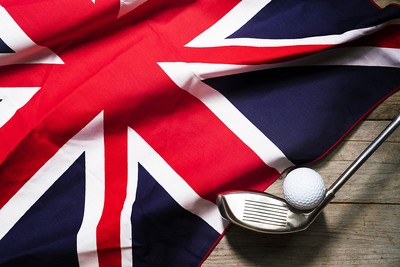 The Open Championship, sometimes erroneously called the British Open, is the most prestigious golf tournament held in the United Kingdom. As one of the sport’s Majors, it is open to people of any nationality, provided they have qualified to take part in a tournament, which is no easy task in and of itself. The Open tends to be played on links golf courses, with the likes of Royal Liverpool, St Andrews and Royal Lytham all presenting golfers with challenges that are particularly British in nature. With that in mind, you would expect that British golfers tend to do well in the Open, but is that actually true?
The Open Championship, sometimes erroneously called the British Open, is the most prestigious golf tournament held in the United Kingdom. As one of the sport’s Majors, it is open to people of any nationality, provided they have qualified to take part in a tournament, which is no easy task in and of itself. The Open tends to be played on links golf courses, with the likes of Royal Liverpool, St Andrews and Royal Lytham all presenting golfers with challenges that are particularly British in nature. With that in mind, you would expect that British golfers tend to do well in the Open, but is that actually true?
During the competition’s formative years, it was won exclusively by Scottish players until an Englishman won it in 1890. Even then, it remained a tournament that was only won by British players, with the first non-British winner being Arnaud Massy, who was French, in 1907. The major change to the competition’s destination came in 1921, which was the first year in which it was won by a player from the United States of America thanks to the success of Jock Hutchison. It isn’t often that a British winner is successful in the Open any more, but just how often does it happen?
Quick Answer: How Often Does a British Player Win the Open Championship?
In the 151 Open Championships between 1860 and 2023, a British player has been victorious on 73 occasions, 48.3% of tournaments.
However, since the first US winner, Jock Hutchison in 1921, the Open has only been won by a British golfer 19 times in 96 renewals, 19.6%.
A Brief History Of The Open
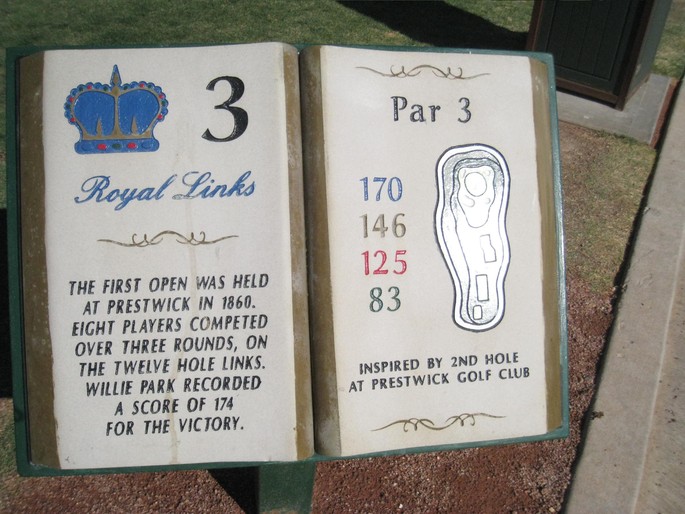
By Dan Perry, flickr
Before looking at the success of British players in the Open Championship, it is worth considering the competition’s history in order to get a sense of why British players may have done well in the past. The Open took place for the first time at Prestwick Golf Club in Scotland back in 1860, when three rounds of 12 holes were played. It was initially competed in only by professional golfers, with the aim of it being to decide who would succeed Allan Robertson, who had been considered to be the best golfer between 1843 and 1859, with a few clubs invited to send their best golfers to compete.
Eight golfers took part in the first tournament, with Willie Park Senior emerging victorious. The following year the competition was opened out to amateurs as well as professionals, which has remained the case ever since. This time it was won by Old Tom Morris, ensuring a second successive victory for Scotland. One of the biggest changes came about in 1872 when Prestwick Golf Club reached an agreement with the Royal & Ancient in order to ensure that the belt, which had been the previous prize, would be replaced by a claret jug, with the competition held at different golf courses on rotation.
It was initially held only at Scottish golf courses, then in the 1890s the likes of Muirfield, St. George’s and Royal Liverpool were added to the rotation. In 1892, the tournament was increased to see four 18-hole rounds take place across two days. The field was ever-increasing, requiring qualification events and a cut in order to ensure it could be completed successfully. Between 1894 and 1914, Harry Vardon from Jersey, England’s John Henry Taylor and James Braid from Scotland won 16 times out of the 21 tournaments, dominating the competition.
Arguably the biggest change in the history of the Open Championship occurred in 1921. That was when the American magazine Golf Illustrated funded 11 US-based players to head over and take part in the competition. Of the 11 players, five had been born in the UK before emigrating to America and it was one of these, Jack Hutchison, who won it. He did so in St. Andrew’s, which was the town of his birth before moving to America and becoming a naturalised American citizen, so there is a debate about whether he was the first non-British person to win the Open.
What Do We Mean By ‘British’?
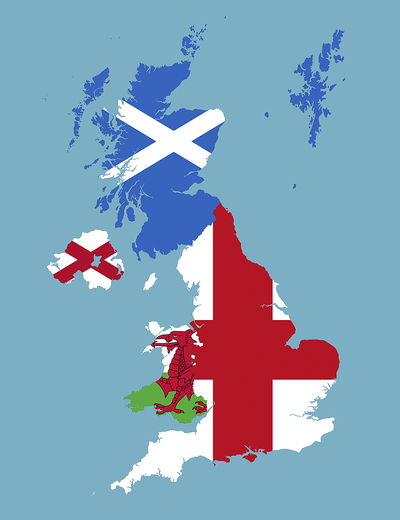 As well as taking a looking at the more formative years of the competition, it is important to take a look at what it is we are talking about when we refer to ‘British’ players.
As well as taking a looking at the more formative years of the competition, it is important to take a look at what it is we are talking about when we refer to ‘British’ players.
The British Isles consists of England, Scotland, Wales and Northern Ireland, with the latter breaking away from Ireland in 1921. The definition can be broadly thought of as being the citizens of the United Kingdom, the British Overseas Territories and the Crown dependencies. That means that people from the Bailiwick of Guernsey and the Bailiwick of Jersey are included in being ‘British’.
It is unlikely that someone from Bermuda, Anguilla or the Turks and Caicos Islands would consider themselves to be British. Thankfully, as things currently stand, no one from any of those locations has won the Open Championship, so it isn’t a conversation that we need to have. Instead, we will say that winners from the following locations are included in our calculations when discussing British winners of the competition:
- England
- Scotland
- Northern Ireland
- Jersey
At the time of writing, no Welsh player has won the Open Championship, whilst those from Ireland are obviously not considered to be British.
British Winners Of The Open Championship
Now that we know a brief history of the Open, we can have a look at how often it is that the competition is won by a British golfer. Here is a look at the cold hard facts of the matter:
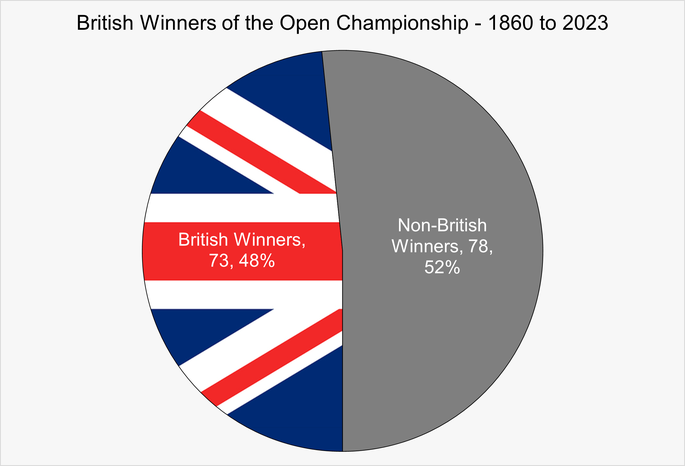
On the face of it, then, British winners do extremely well in the Open Championship, winning nearly half of the time that the competition takes place. The problem is, that doesn’t take into account the fact that the tournament was dominated by British players during the early years. That is because it was only really British players that would enter, taking until 1907 until someone from outside the British territories won. Is it fair to consider those early years in our thinking?
British Winners In The ‘Modern’ Era
Once players from outside the British started winning the Open, things changed somewhat dramatically in terms of British winners. Including the 1907 iteration of the competition, the Open has taken place 105 times. Of those 105 renewals, the Open has been won by a British golfer on 27 occasions. That means that a British winner in what we’re referring to as the ‘modern’ era has come about on 25.71% of the time. That is obviously significantly reduced from the 48.34% from earlier and is also bolstered by the fact that British players were still winning regularly early on.
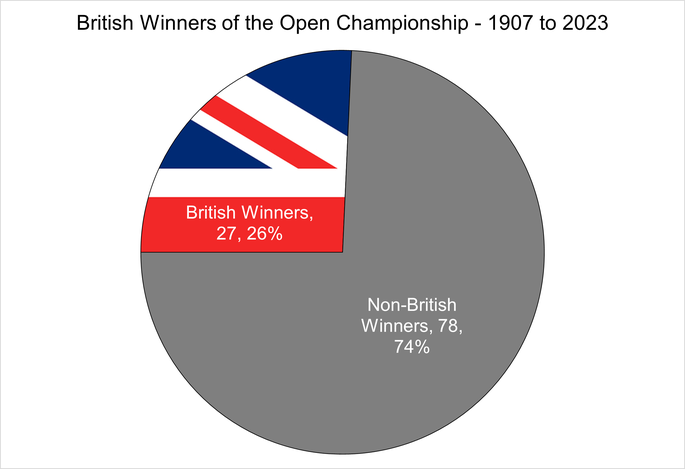
If you look at the data from the point at which two non-British players won the Open in successive years, the information changes again. That occurred in 1921 and 1922, when Jock Hutchison and Walter Hagen won respectively, with the two players being from the United States of America. From that point, there were 96 Open Championships, with British players winning 19 times. That sees the percentage of British winners drop still further, this time coming out at 19.58%; a total that is boosted by British winners six times in a row between 1934 and 1939.
British Winners In Their Home Countries
The challenge presented by links courses is unique, which is why it is always an impressive golfer that manages to get their name inscribed beneath the claret jug. Each part of the United Kingdom has its own challenges, meaning that it is interesting to see the occasions in which a player won the competition whilst it was taking place in the country in which they grew up. Here is a look a the golfers that managed to do just that, limited it to what we’ve determined as the ‘modern’ era:
Open Championships Won by a Home Player – 1907 to 2023
| Year | Course | Winner | Country |
|---|---|---|---|
| 1908 | Prestwick Golf Club | James Braid | Scotland |
| 1909 | Royal Cinque Ports | John Henry Taylor | England |
| 1910 | St. Andrews | James Braid | Scotland |
| 1913 | Royal Liverpool | John Henry Taylor | England |
| 1934 | Royal St. George’s | Henry Cotton | England |
| 1936 | Royal Liverpool | Alf Padgham | England |
| 1938 | Royal St. George’s | Reg Whitcombe | England |
| 1969 | Lytham St. Annes | Tony Jacklin | England |
| 1999 | Paul Lawrie | Carnoustie | Scotland |
The Last British Winner – Rory McIlroy, 2014
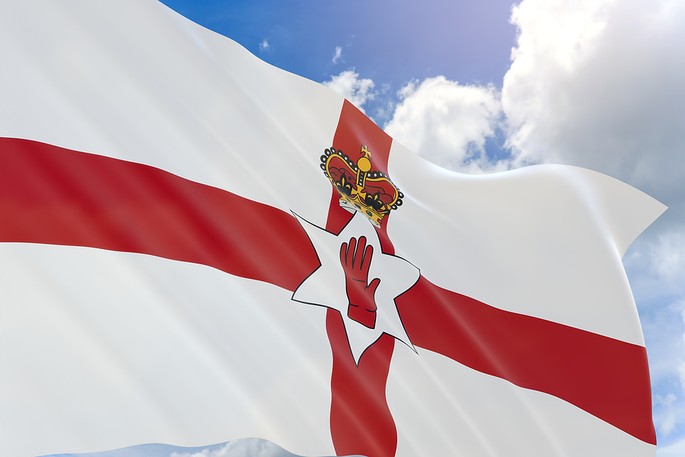
Obviously this could change any time the Open Championship happens, such is the nature of the tournament and the relative strength of the British golfers on the Tour, but it is worth having a quick look at the last winner of the Open who came from Britain. It last happened in 2014, which was when Royal Liverpool hosted the competition. The Wirral-based golf course held the 143rd Open between the 17th and the 20th of July, with 156 players taking to the field. The cut was put at +2, at which point 146 players departed and just 72 were left to fight for the claret jug.
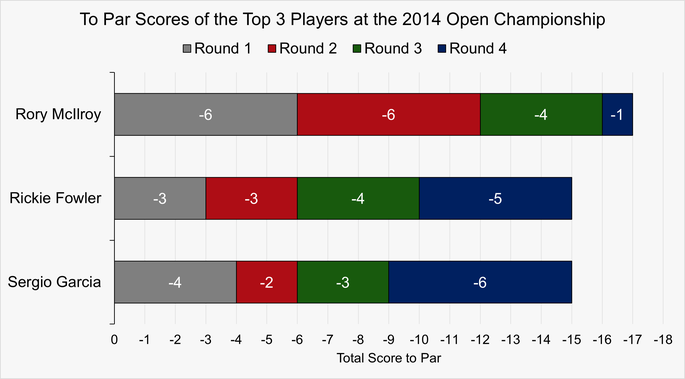
More than £5 million in prize money was up for grabs, with Rory McIlroy hiding out to win with a score of 271, which was 17 under par. He took home £975,000 and joined Jack Nicklaus and Tiger Woods as being the only player to win three Majors by the age of 25 since the Masters Tournament was introduced in 1934. The impressive thing about McIlroy’s win was the fact that he led every day, holding off both Rickie Fowler and Sergio Garcia off, with the pair finishing on -15 on the final day after the four rounds of golf.
The British Courses
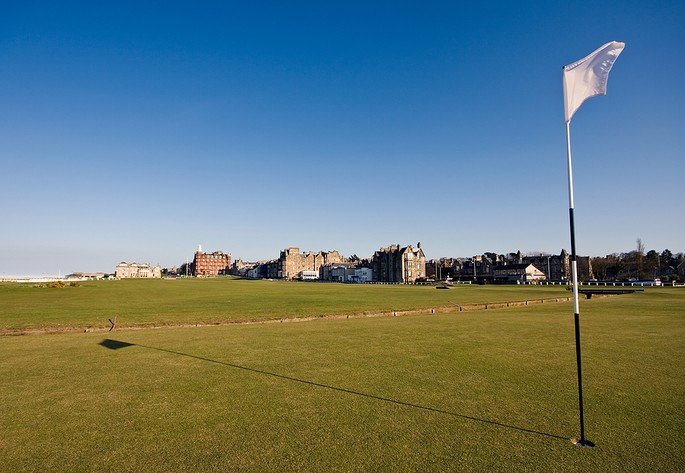
The Open is always played on what are coastal links courses, which are thought of as being the ‘purest’ form of the sport. It also allows a connection to remain with the way that game was played in Scotland when it originated, boasting open terrain that tends to lack any trees. They tend to be shaped by nature, as opposed to built, with the weather playing as important a role in the eventual outcome as the layout of the various holes. There have been 14 courses that have hosted the Open Championship since it first began, with ten currently in rotation as hosts. They are:
- Old Course at St Andrews: Referred to as the ‘home of golf’ and thought to be the oldest golf course in the world, it tends to host the tournament every five years and especially on big occasions, such as the 150th Open
- Muirfield: The circular nature of the course means that the wind can change from hole to hole making it a challenging course to take on. It was removed from the rotation briefly because it refused to have female members
- Royal St George’s Golf Club: Sometimes referred to simply as ‘Sandwich’, Royal St George’s was the first non-Scottish course to host the Open and has the deepest bunker of any of the Open courses
- Royal Liverpool: Sometimes referred to as ‘Hoylake’ because of its location on the Wirral, it went 39 years without hosting before it returned to the rotation in 2006 when Tiger Woods won, using his driver just once thanks to the incredibly favourable weather meaning there was no need to use anything other than irons and fairway woods
- Royal Troon: First used for the Open in 1923, the course is famed for the ‘Postage Stamp’ green on the eighth hole as well as the 601 yard sixth, which is a challenge even for the long drivers in the game
- Royal Lytham & St. Annes Golf Club: This short course boasts 167 bunkers, meaning that accuracy is key for those that wish to do well. Located close to Blackpool, it is slightly more inland than it was originally on account of coastal homes that have been built in the years since
- Carnoustie Golf Links: When Prestwick was no longer suitable to host the Open, it was replaced by Carnoustie. It is considered to be the toughest of the Open venues, typified by the triple bogey of Jean van de Velde on the 18th on the final day in 1999, when a double bogey would’ve seen him win
- Royal Portrush Golf Club: When the venue hosted the Open in 1951, it became the first venue outside of England and Scotland to do so. It stopped being a host venue when the Troubles occurred in Northern Ireland, but it returned in 2019 after undergoing significant changes
- Royal Birkdale: Fred Hawtree and JH Taylor significantly redesigned the course in 1922, turning it into one of the best Open venues in England. It is known for its sand dunes, which tower over the fairways
- Turnberry: Though technically still on the Open circuit, the R&A said that it would not host a Championship ‘in the foreseeable future’ after the 2021 United States Capitol attack, on account of the fact that it had been bought by Donald Trump in 2014
